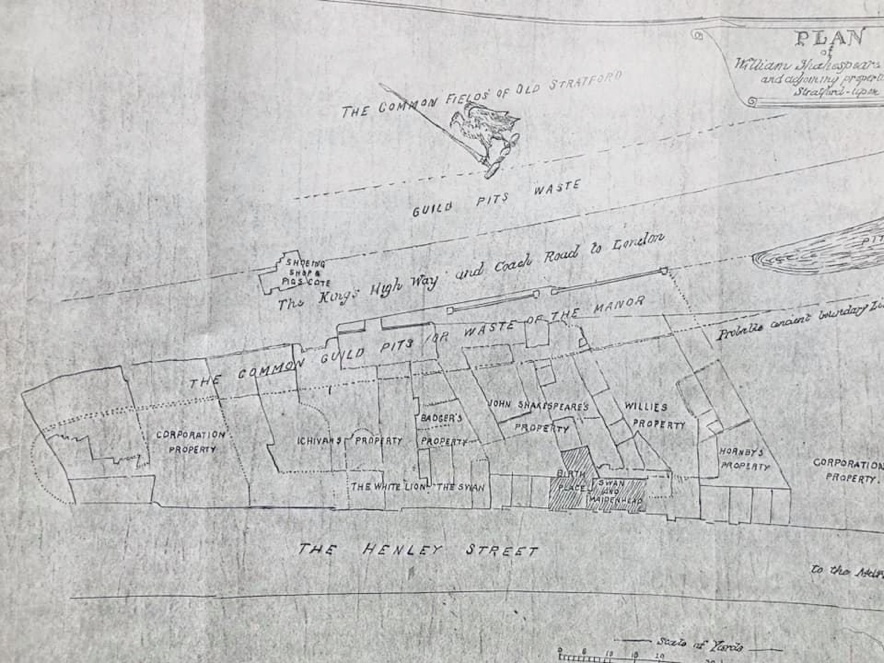SLHS: Guild Street




Disclaimer
Whilst some care has been taken to check externally linked websites no responsibility is offered nor implied for the suitability, legality or reliability of content therein.
Statements are made here to the best of our knowledge. However no statement here should be regarded as irrefutable fact. Please contact us if you consider otherwise.
Disposal Pit
It’s quite clear that like many mediaeval towns that the lord of the manor, with the approval of the Guild Of The Holy Cross, had ordered that disposal of any of Stratford’s waste was to be taken downhill to the lowest edge of the town and dumped in shallow pits in the ground. As these filled up people didn’t want dig through the rotting waste so it would pile up. There was even a “Pigs Cote” there.
Origin Of The Name
Bob Bearman proposes that the name Gylleputts was used which means a ditch for waste.
Flooding
In winter with heavy rainfall, and the river occasionally flooding, water flowing from the higher ground, particularly from north (left), to the river (on the right) would back up in this boggy low land -as can be seen cut off on the right-hand very edge of the old document below. Note that the canal did not arrive until 1820 which is a lot later than this document.
As the streets of the town were narrow and had people trading there the turnpike road from Birmingham to Banbury, Oxford and London was kept separate (shown as “King’s Highway”) and in fact had to pass with the waste either side of it.
John Payton’s famous pub, The White Lion, had visitors arriving from London all the time so he laid a firmer entrance, across the waste, to the rear of this (see arrow below).
Further Information..
-
None
Between Birmingham Road & Warwick Road
Last update: 31/10/2024
● These items have aspects that uniquely contribute to national or world history.
No date known but Shakespeare’s
father, John, is named.
There were three pubs in Henley Street

To return to Master page click on ‘Streets’ above.
-
● Full
-
● Partial
-
● None
-
Theatres ●








Rear entrance to White Lion Inn

Clean Up
In the summer the Guild’s Pitts must have been quite unhygienic and it must have been the lowest servants job to take the waste there.
Once brewing started (the blue building on the left of the top diagram) the spent ‘mash’ from the tuns was tipped out and left to also run into the pits.
Meanwhile in the hot summer of 1851 the smell from the River Thames managed to stop the operation of parliament and Peter Bazelgette asked to work out a solution.
Over the years that followed the smell in Stratford must also have become intolerable and so Edward Flower was asked to rectify the situation as his processes had exacerbated the problem. A guess would be that he paid for the waste to be dug up (probably thrown in the river) and Stratford’s first brick arched sewer was built leading from left to right underneath what had become a considerably improved road.

Guild Street c1860


Swan & Maidenhead Inn


